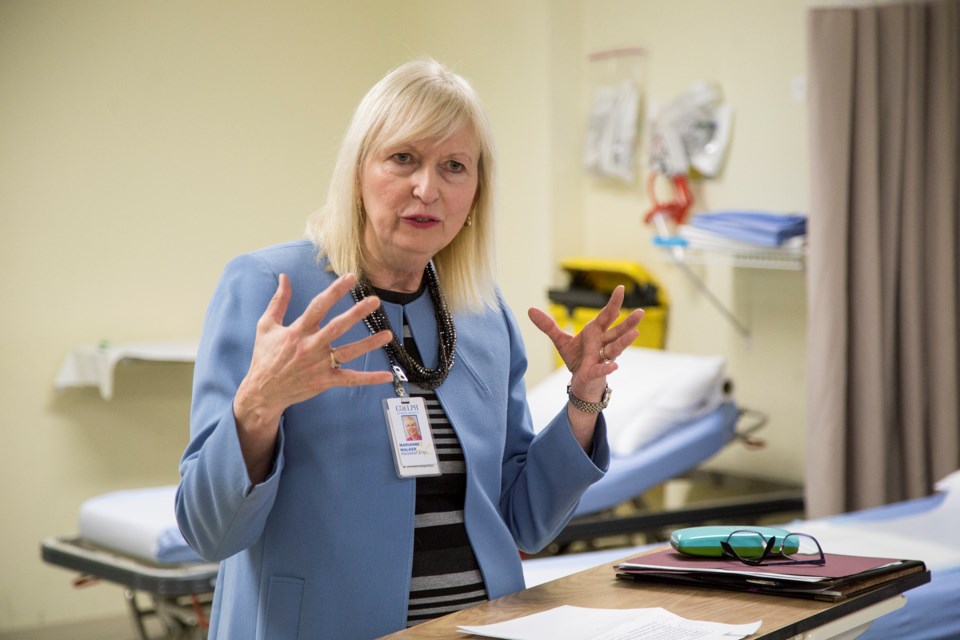Guelph General Hospital says it can't close down eight provincially-funded beds as planned because it doesn't have enough beds to meet the city's needs.
Guelph's population growth is pushing the hospital’s need for additional beds, said Marianne Walker, president and CEO of the hospital.
“Last week, we needed to go up to 24 (additional) beds to care for the patients,” said Walker.
The spike in admissions required that some patients were cared for in the hospital's hallways, said Walker.
The Emergency Department at GGH was built to support 45,000 visits a year, said Walker. Currently, the hospital is servicing about 64,000 per year.
That pressure on the Emergency Department is contributing to the hospital facing an average of 111 per cent occupancy in 2017-18.
The over-occupancy is forcing GGH to find creative ways to accommodate patients.
“We put them in unconventional places — for example, we will utilize our surgical area for pediatrics to put patients in. Occasionally, we have had to use the hallways. That would be our last resort, because patients need privacy,” said Walker.
The hospital requires another 12 beds, said Walker, with an additional 12 beds — 24 in total — during flu season. Walker said it is the new normal.
“Our average is about 16 additional beds, we usually have a spot for everybody — but when it’s 24 plus, it’s a lot more difficult,” said Walker.
Late last year the Ministry of Health and Long-Term Care provided GGH with $400,000 in funding to operate an additional eight alternative level of care (ALC) beds from December 2017 to March 31, 2018.
The hospital has had to make up the difference at times.
“They gave us money for eight surge beds — well, we were running 16,” said Walker.
The ALC beds are used for elderly patients who no longer require hospitalization, but are awaiting transfer to another facility.
About 75 per cent of those ALC beds are used in the short term, said Walker, while the other 25 per cent are waiting potentially for a long-term care bed or specialized services.
The province’s plans for surge beds is to assist in flu season, said Walker.
“At Guelph General, what is a little bit different is that it’s our growth that is pushing the need of an increase in services. It’s that population growth that is not going away,” she said.
At the same time GGH received funding for the eight ALC beds, St. Joseph’s Health Centre received funding for nine ALC beds and Walker said many of the hospital’s longer-stay patients were transferred to St. Joe’s .
The ministry funding was provided through the Waterloo Wellington Local Health Integration Network (LHIN), which required GGH and St. Joe’s to provide a wind-down strategy for the funding. GGH told the LHIN they can’t do that.
“We can’t wind down — we still have patients coming through our doors because we are acute care,” said Walker. “I can’t speak for St. Joe’s, but I understand they are winding down.”
Although not finalized, Walker said the LHIN may be providing additional one-time funding for half as many surge beds as they currently are funded for.
“They gave us preliminary numbers for four one-time beds for the whole year, for our growth and for capacity,” said Walker.
